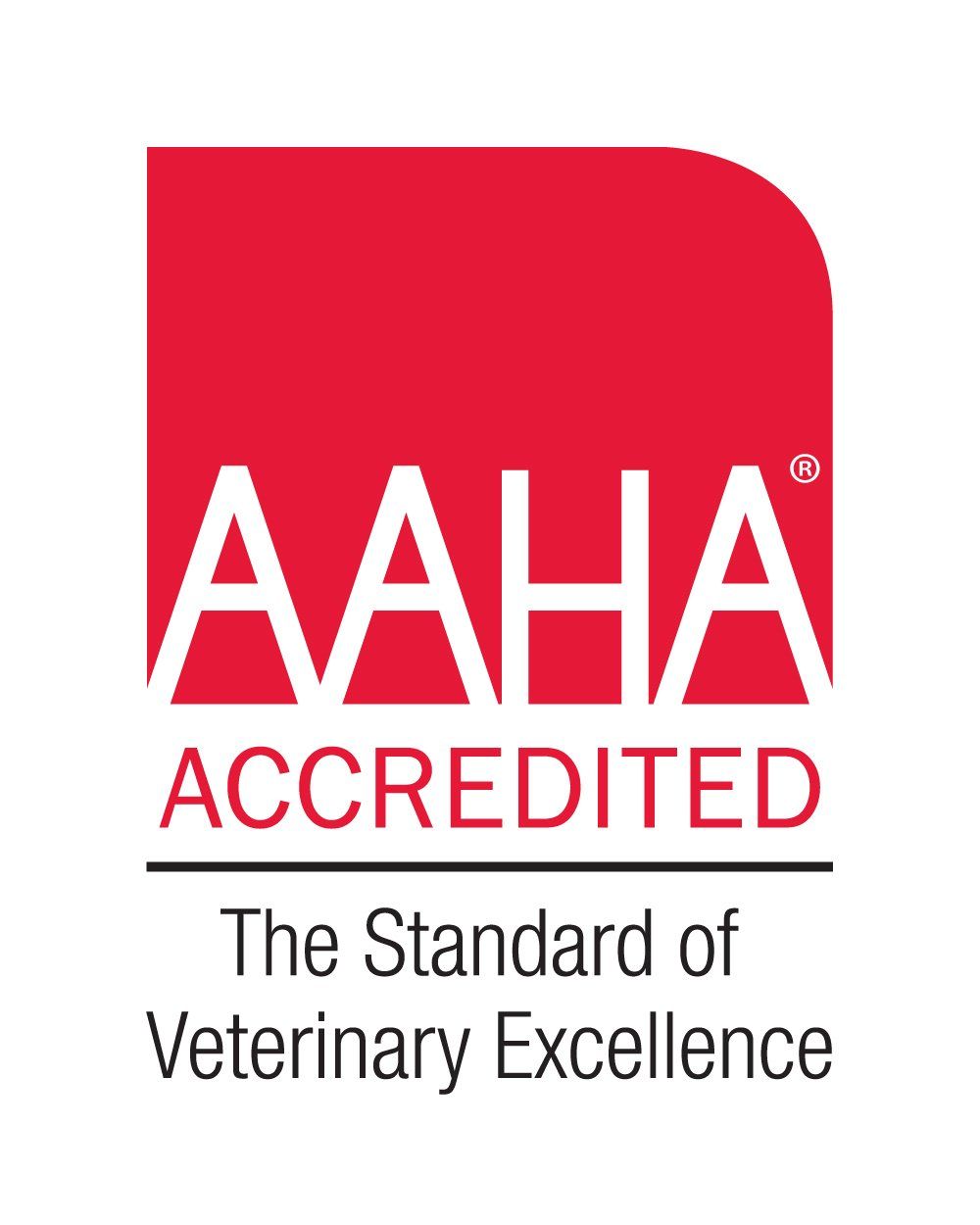Basic Behavior Modification Principles & Exercises
Courtesy of:
Lynne M. Seibert DVM, MS, PhD, DACVB
Wailani Sung, MS, PhD, DVM, DACVB
Basic Principles:
Desensitization and counter-conditioning
- Your dog must be successful with relaxation exercises before attempting any desensitization
- Your dog will be exposed to stimuli that have induced aggression or fear, but at such a gradual rate that he does not react
- Stimuli will be broken down into a gradient and be gradually presented to your dog while he sits quietly and receives praise and food rewards
- Identify stimuli and situations that might evoke a fearful response and avoid them until your dog can be properly desensitized
- Identify the threshold for the fear response – determine exactly how much your dog can be handled or how closely your dog can be approached without provoking him and start exercises at that point
- Use highly motivating food rewards and reward only non-fearful behaviors (ears forward or relaxed)
- Gradually increase the intensity of the stimulus and record how far the exercises progress for each session
- Do the exercises in multiple locations, but start at the location where your dog is most comfortable
- Reward appropriate behaviors immediately
- Exercises should progress slowly – your dog sets the pace, not you
- Your dog must be able to remain focused and relaxed throughout the exercise, or he will not learn appropriate responses to these situations
Always avoid physical punishment
- Physical corrections (tightening a training collar, jerking on a leash, hitting, kicking, swatting, pushing, pinning your dog, pinching the muzzle, or any other form of physical correction is completely unacceptable, counter-productive, and likely to be dangerous
- The most effective punishments are quick, calm, non-physical, non-painful startle techniques, such as a shaker can, sudden noise, clapping hands, compressed air
- To be effective, punishment must immediately follow the undesirable behavior, it must be an appropriate intensity, and it must occur consistently
- There are very few circumstances in behavior modification where punishment can be used effectively – talk to the doctor before attempting any form of correction
- Never attempt to punish or correct your dog if he is growling or frightened
Exercises:
Sit-stay-relax exercises
Practice relaxation exercises regularly
- Use tiny, highly desirable food treats
- Focus on getting your dog to relax (with ears perked forward while sitting)
- The ultimate goal of the exercises is relaxation, not obedience
- Training sessions should be short (5-15 minutes), fun, and end on a positive note
Teach “stay” which means to stay sitting until release word ‘OK’ is given
- Reward him for staying for gradually longer periods of time
- Say “OK” (the release word) while the ears are perked forward, drop your hand containing the treat, give the praise word, and allow him to step forward and take the treat
Eventually add distracters into the relaxation exercises
- Light knocking
- Walking to the door and back
- Pretending to answer the door
- Talking to an imaginary person
- Breaking eye contact
- Walking around the dog in a semi-circle
- Walking just out of view
Deference training – nothing in life is free
- Ask your dog to sit briefly prior to all interactions
- Petting
- Feeding
- Going for walks
- Receiving attention
“Watch” command
- Teach your dog to make eye contact with you on command by using a food lure
“Greet” command - targeting hands
- Teach your dog to approach people and touch his nose to their hands in greeting, by having a treat in the hand and saying the command word as he touches the hand with his nose
Teaching ‘come’ with distractions
- Practice relaxation exercises near the door, then just outside the door, then in the yard, and gradually move the exercises closer to the street
- Work on the ‘come’ command in benign situations with no distractions
- Gradually increase the level of distraction
- Have family members call the dog to come and offer lavish praise and food rewards when he does
- Play a round-robin game – stand in a large circle with each individual calling him to come and gradually increase the size of the circle
Redirecting around other dogs
Pre-emptive exercises – ask your dog to “watch” (make eye contact with you), and then reward him, as soon as you see another dog approaching, then ask him to “turn around” (make a 180 degree clockwise turn), and reward him, then walk in the opposite direction of the approaching dog
- Over time, try to get closer and closer to the other dog before asking your dog to “watch” and “turn” but always turn around prior to your dog getting upset about the other dog
- This exercise helps to create more positive feelings about other dogs by teaching your dog to associate the presence of other dogs with getting a treat and allows you to turn around without an incident
- The exercise also allows you to gradually get closer to other dogs as your dog remains calm
Reward him for sitting and relaxing as another dog passes by
If he cannot remain calm, simply keep walking, removing him from the situation
As soon as you have reached a distance for which your dog can sit and focus and remain calm, ask him to sit again and reward him for sitting
Attention-seeking: Encouraging Extinction of this behavior
Ignore attention-seeking, anxious, or repetitive behaviors
Do not interact with or attempt to comfort your dog when he is engaged in these behaviors; Instead praise your dog whenever he is sitting or resting quietly
- Jumping up, barking
- Whining, nudging, pawing, pinning ears back
- Hiding
- Licking, pacing, spinning

